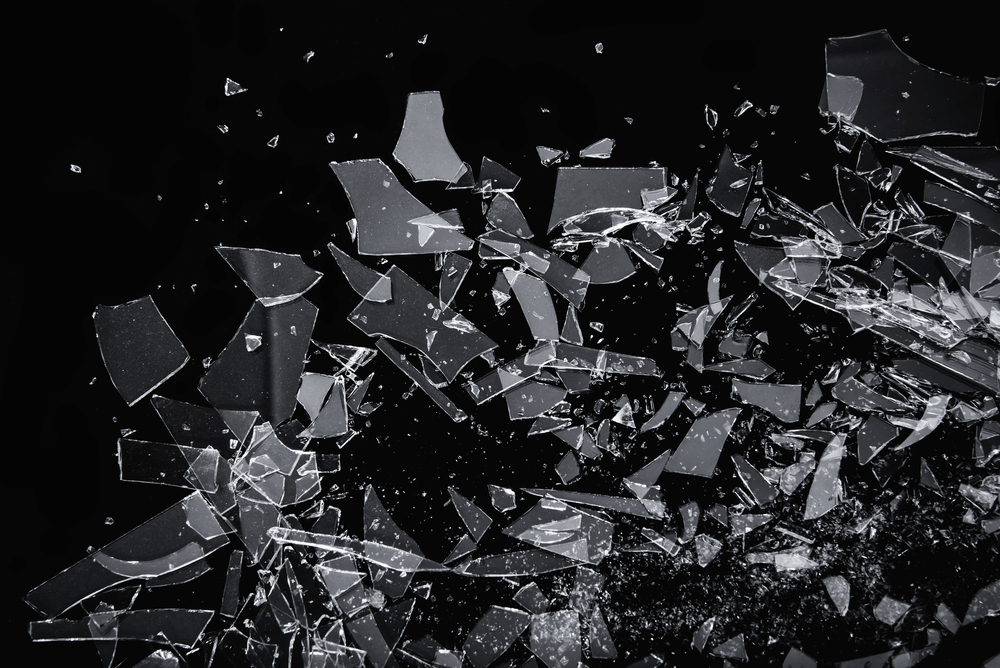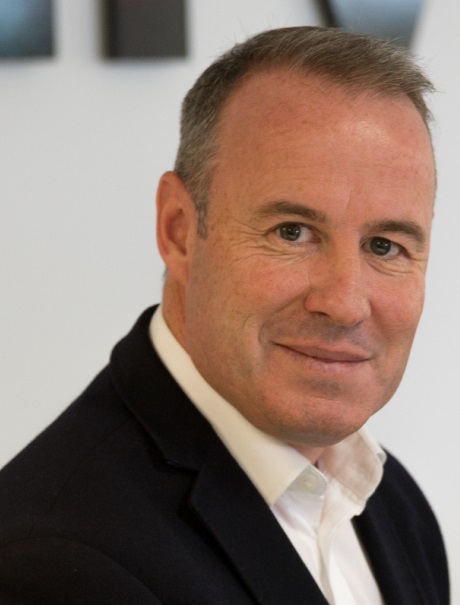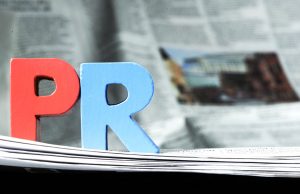The current agency model is broken and almost beyond repair. In the future, agencies that want to excel will need to move closer to the client and collaborate in their world, writes Mark McCann.
The future of the traditional agency model has been the subject of much debate recently and one cannot ignore the rumblings, as they come from within the industry. Many believe it faces extinction. To quote Ben Lilley, Chairman & CEO at McCann “there is no future for traditional agencies in this market”.
The stereotypical agency model has endured unchanged since the early twentieth century. Disruption, fuelled by digital innovation has created a world where this antediluvian model is analogous to a “dinosaur”. Brad Jakeman, President of PepsiCo recently conceded the traditional model is “going to break if we don’t think about how to innovate”.
Clients continue their quest for big ideas but are not willing to pay sizeable fees historically commanded by the industry. Large brands that include Proctor & Gamble and Unilever are tightening their belts in pursuit of greater efficiency.
Additionally, expeditious ideation and real-time communication have supplanted lavish lead times and protracted processes.
Interestingly, many clients fragment services across multiple agencies, appointing separate strategic consultants, creative studios, content generators, digital / analytics agencies and media buyers. Great campaigns are regularly lost in dissemination as momentum and meaning fall between proverbial stools. Furthermore, competitive posturing among agency partners can impede collaboration, negatively impacting campaign efficacy and progress.
A recent industry survey in the USA revealed that just 8% of marketers were “very satisfied” with their agency. Trust and collaboration were cited as integral to agency/client relationships. Moreover, marketers are looking towards agile and lean teams to master disruption – traits incongruent with traditional agency infrastructure.
Client behaviour is also shifting. In bygone years, clients expressed a need and agencies embarked on the enigmatic process of ideation towards a solution. Today’s client wants to be involved in the creative process, to ensure strategy and creative align to brand and business objectives.
Client expectations of agency performance are increasing. Once blinded by vanity metrics, clients are now looking to real and measurable barometers of success. A new study by Microsoft claims that clients are “de-prioritising digital campaign metrics in favour of business-focussed measurement that more directly tie consumer experience to financial performance and business outcomes”.
It comes as no surprise then that in-sourcing is on trend. The Association of National Advertisers in the US claims 58% of organisations have established their own in-house agencies to become self-sustaining. However, many struggle to successfully manage and nurture their creative cell and failure to do so can negatively impact brand equity and sales.
So, is the model broken beyond repair? Or can it be re-conditioned?
The industry constantly encourages clients to be brave, to be different, to be future focussed and ahead of the curve. It’s time we took our own advice. To continue imposing an antiquated model on clients, when it is clearly not fit for purpose is akin to a square peg, round hole debacle. We must innovate, to meet current and anticipate the future needs of clients.
Clients are demanding creative excellence and delivery of on-brand omnichannel communications, at speed and to budget. And demand is forcing traditional agencies to re-think their model.
It would appear, however, that change is in the air. McDonalds has replaced long-term agency partner Leo Burnett with Omnicom, in a performance-led contractual departure from agency norm. Hewlett Packard and General Mills are insisting their agency partners embrace gender diversity contrary to Madison Avenue conventions and new agencies such as OLIVER and You & Mr. Jones are emerging in response to the changing face of the industry.
So what does the agency of the future look like?
In an interview with Forbes magazine, former Omnicom CEO, Alexei Orlav said he believed the agency of the future would be akin to “creative communities”, comprising “an integrated team brought together to combine left and right brain thinking into superior strategy and creative”.
I concur with Orlav’s thinking. The agency of the future needs to comprise multiple disciplines. Strategic, creative, linguistic, translative and digital talent will combine to create big ideas for global omnichannel campaign dissemination.
Agencies will increasingly leverage technological innovations that include artificial intelligence, virtual reality and augmented reality to benefit client and brand. These technologies will further extend the agency proposition and mastering innovations will differentiate agencies from competitors.
Furthermore, I’m convinced that in order to excel, the agency solution must move closer to the client, collaborate inside their world, in real time, removing physical and metaphorical barriers. Scalability is a likely prerequisite to agency appointment and transparent operations a veritable must.
What is more, agencies must commit to future-proofing their model to ensure it remains relevant and fit for purpose, whilst firmly committed to the fundamentals of advertising – great ideas, bold creative and relevant messaging.
Do such agencies exist? I believe a rare number of hybrid entities have emerged in response to disruption. They are built for today’s demands and amorphous to meet future market challenges. This is an exciting time for the advertising industry, and those unwilling to embrace change, and re-invent their business, risk their future.
Mark McCann is CEO of OLIVER
First published in Irish Marketing Journal (IMJ Agency Issue 2016)© to order back issues please call 016611660




























